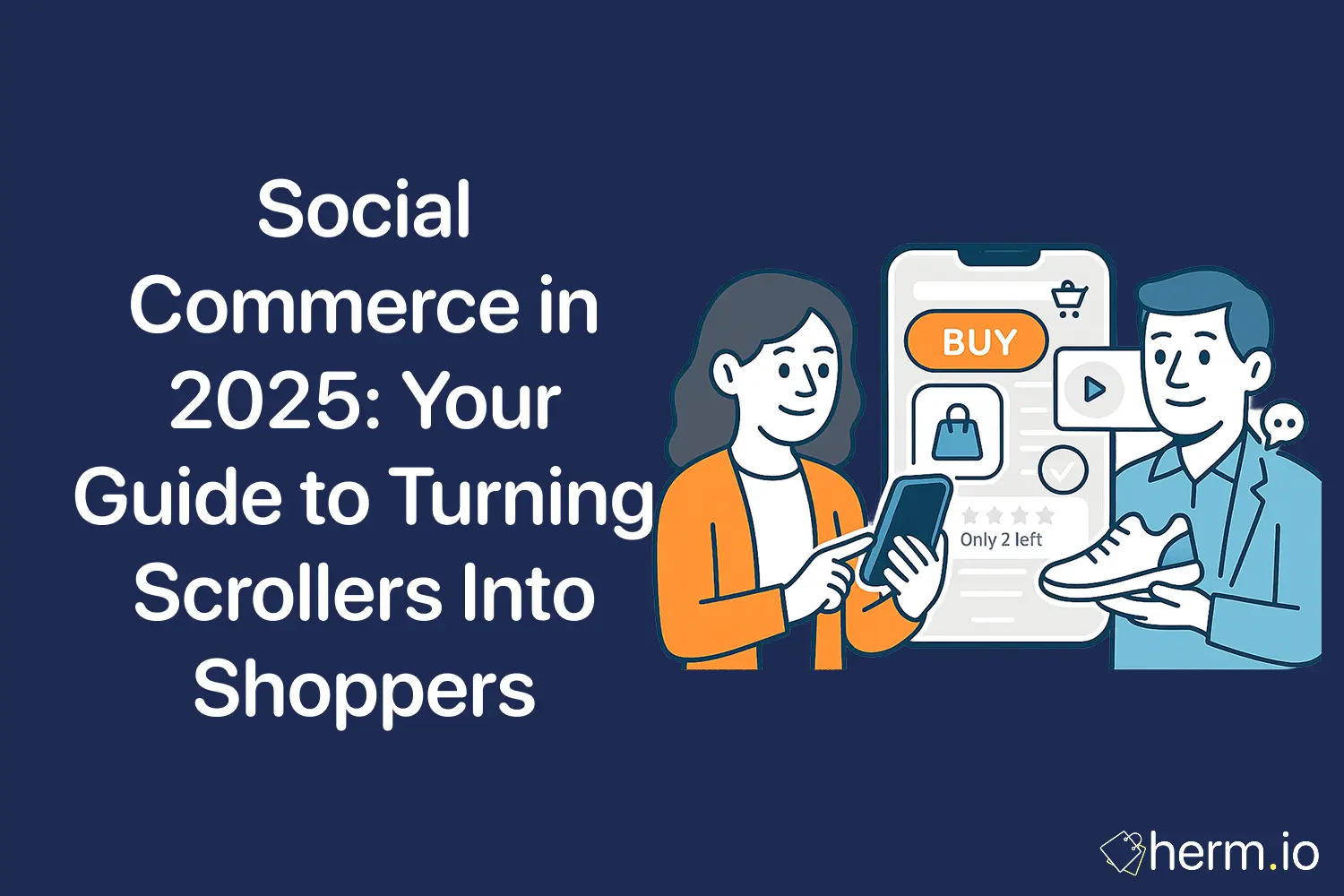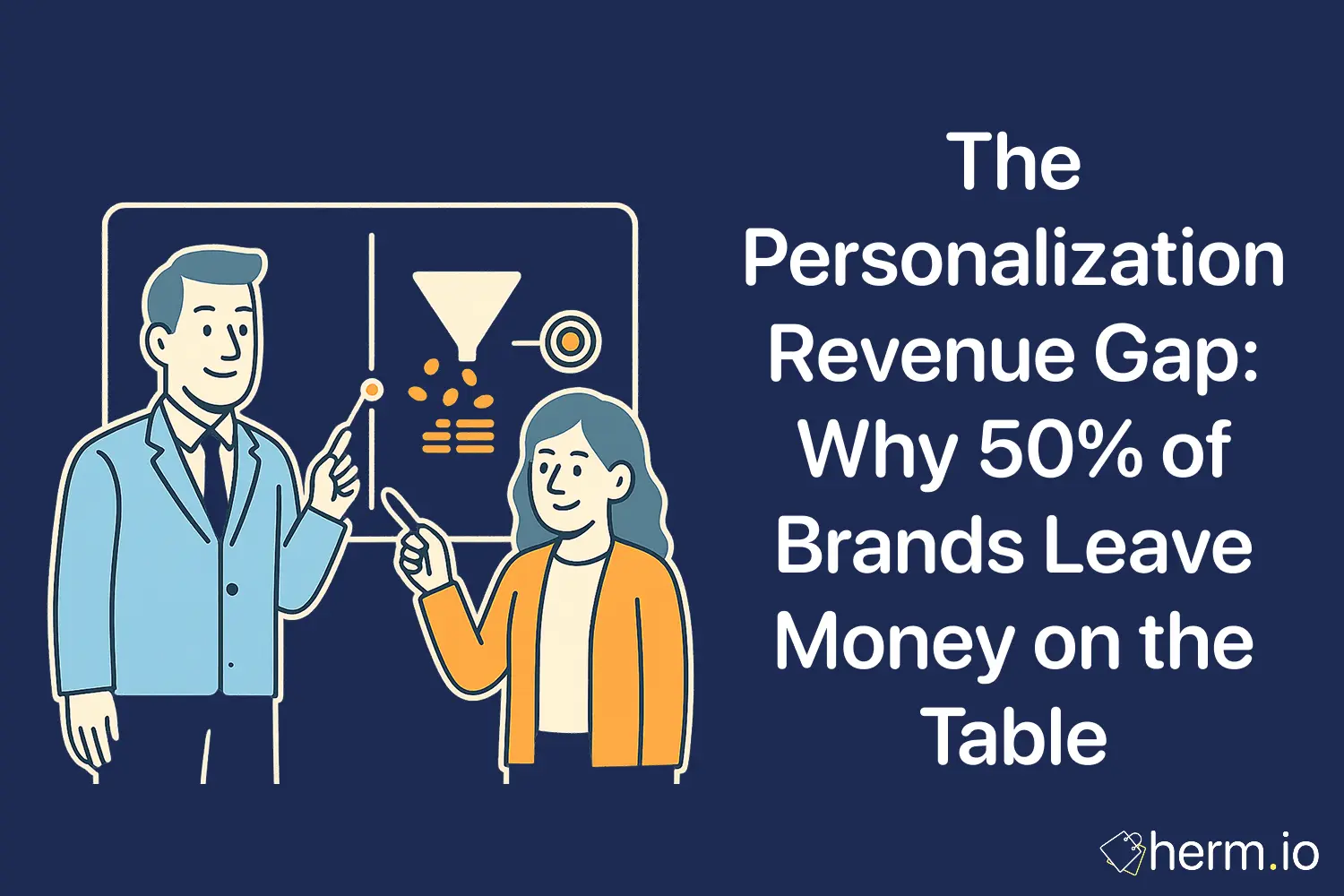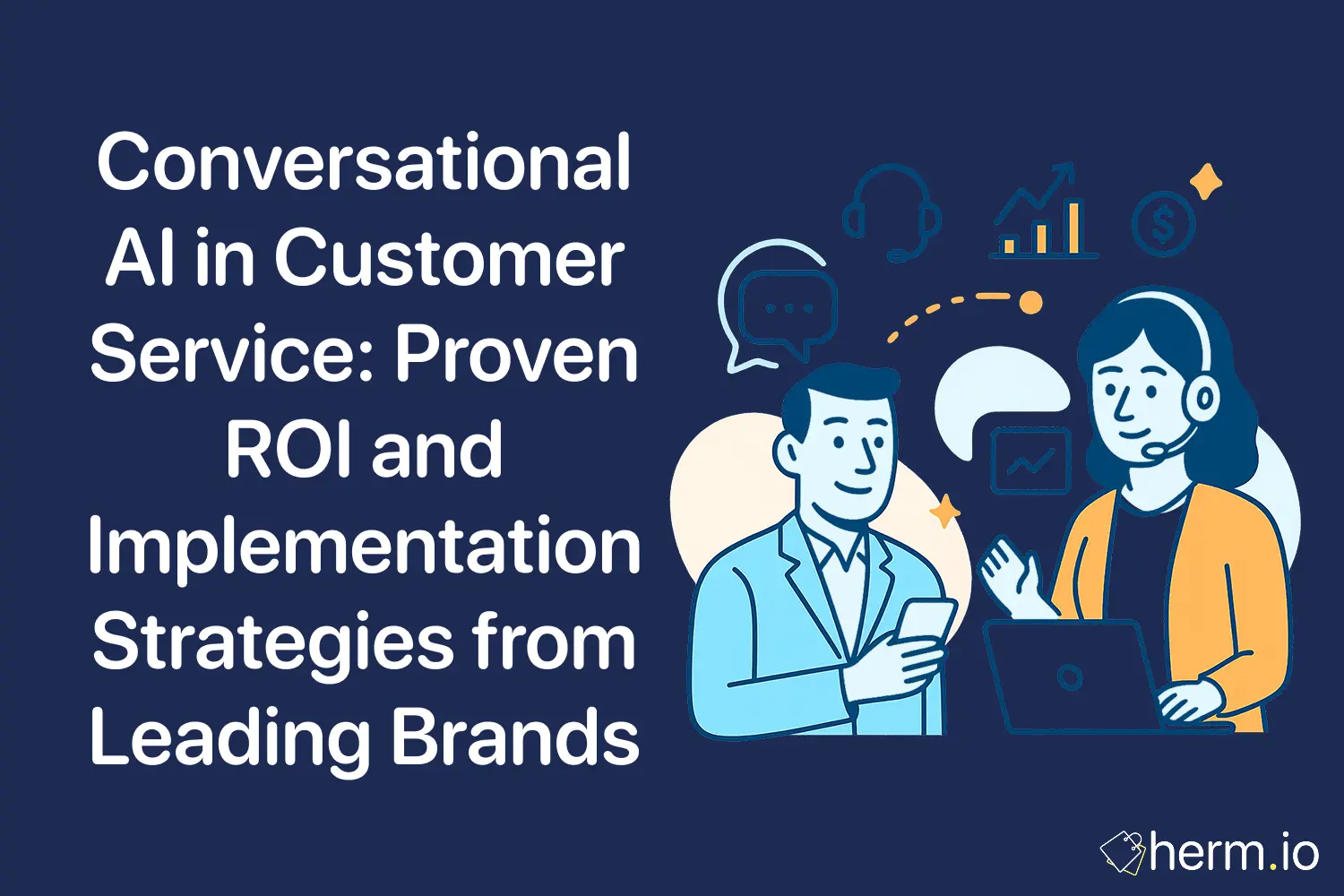
Picture this scenario: a customer walks past a fashion store and receives a perfectly timed offer on their mobile phone for a jacket they've been considering. The recommendation feels helpful rather than intrusive, the discount is genuine, and most importantly, the customer feels confident their personal data remains protected throughout the process. From a security perspective, this represents the holy grail of modern marketing technology—personalization that actually works without compromising user privacy.
The challenge facing organizations today extends far beyond simply implementing privacy policies or adding consent banners to websites. Building resilient systems requires a fundamental rethinking of how we collect, process, and utilize personal data while maintaining the sophisticated targeting capabilities that drive business results. According to research from leading institutions examining privacy-preserving recommender systems, the solution lies not in choosing between personalization and privacy, but in architecting systems that deliver both simultaneously.
The architecture must account for a crucial insight emerging from recent academic research: traditional approaches to privacy protection often create false trade-offs between user experience and data security. As documented in comprehensive studies analyzing differential privacy frameworks, organizations can maintain recommendation accuracy while providing formal privacy guarantees—but only when they implement the right technical foundations from the ground up.
The Real Cost of Current Privacy Approaches
Think of it as creating digital armor that protects user data while remaining flexible enough to enable meaningful personalization. Most current implementations fail because they treat privacy as an afterthought rather than a core architectural principle. Research examining privacy-preserving personalized recommender systems reveals that when organizations add privacy protection as a layer on top of existing systems, they typically see significant degradation in recommendation quality and user satisfaction.
The Netflix Prize research conducted by Microsoft Research demonstrates this principle clearly. When leading recommendation algorithms were adapted to incorporate differential privacy constraints, the results showed that privacy protection doesn't need to come at substantial expense in accuracy. The key insight centers on factoring algorithms into two distinct phases: an aggregation and learning phase that operates with differential privacy guarantees, and an individual recommendation phase that uses learned correlations without accessing raw personal data.
Building resilient systems requires understanding that privacy violations typically occur not during data collection, but during the communication and application of recommendations. As documented in studies of privacy-preserving systems, the most vulnerable point occurs when personalized recommendations are transmitted to users, creating opportunities for man-in-the-middle attacks and unauthorized data inference.
From a security perspective, this vulnerability demands a complete rethinking of system architecture. Rather than securing data at rest and hoping for the best during transmission, effective privacy-preserving personalization requires implementing what researchers term "downstream protection"—safeguarding the recommendation process itself rather than merely the underlying datasets.
The Threshold Policy Framework
The most promising approach emerging from recent research involves implementing what academic studies call a "coarse-grained threshold policy." This framework provides a practical blueprint for organizations seeking to balance personalization effectiveness with genuine privacy protection.
The architecture works by dividing products or content into two categories based on user preference rankings. Items above a certain threshold receive higher recommendation probability, while those below the threshold receive lower probability. Crucially, within each category, recommendations follow equal probability distribution, preventing observers from reconstructing exact user preferences even when they intercept multiple recommendations over time.
Research analyzing this approach across large-scale implementations shows remarkable results. The optimal privacy-preserving policy maintains recommendation accuracy while ensuring that any single user's participation becomes nearly indistinguishable from their absence in the dataset. This represents a fundamental shift from traditional anonymization techniques, which often fail when subjected to sophisticated re-identification attacks.
The technical implementation requires careful calibration of what researchers term the "privacy budget"—essentially determining how much information leakage an organization can accept while maintaining meaningful privacy protection. Studies examining fluid approximation models with large numbers of products demonstrate that organizations can adjust this threshold dynamically based on business requirements without compromising core privacy guarantees.
Building resilient systems around this framework demands understanding the comparative statics involved. Research shows that as the privacy budget increases (allowing more personalization), organizations should actually shrink the size of their priority recommendation list. This counterintuitive finding reflects the need to prevent cannibalization effects where highly relevant products lose effectiveness due to noise from less relevant recommendations.
Implementation Through the 3A Framework
Recent academic research has produced a practical implementation methodology called the "Approximate, Adapt, Anonymize" framework, which provides organizations with a systematic approach to deploying privacy-safe personalization. This framework addresses the three core challenges that traditional approaches often handle inconsistently.
The first component involves approximating the underlying data distribution through techniques like Gaussian Mixture Models. Rather than working directly with raw user data, systems learn patterns and preferences through mathematical representations that preserve essential relationships while obscuring individual data points. Research validating this approach across multiple datasets shows minimal discrepancy between performance metrics of models trained on real versus privatized datasets.
The adaptation phase represents perhaps the most sophisticated element of the framework. Using techniques derived from kernel ridge regression, systems can optimize synthetic datasets to preserve the loss metrics of machine learning models while maintaining privacy constraints. Studies comparing this approach with traditional differential privacy methods show significant accuracy increases—in some cases improving performance by 20-30 percentage points compared to previous state-of-the-art privacy-preserving methods.
The anonymization component implements what researchers call "cluster-based mixing" rather than random data combination. Think of it as creating safety in numbers by grouping similar users and generating recommendations based on cluster patterns rather than individual histories. This approach preserves the underlying data distribution more effectively than random sampling while providing formal differential privacy guarantees.
Organizations implementing this framework must account for the mathematical constraints involved. Research demonstrates that the minimum mixture size for given privacy parameters can be calculated precisely, allowing system architects to balance privacy requirements with computational efficiency. The studies show that each data point in the original set can only be used once in generating synthetic datasets, and the number of categories influences the required noise levels for maintaining privacy guarantees.
Case Study Evidence from Physical Retail Implementation
The Regent Street App case study provides compelling evidence of how privacy-preserving personalization performs in real-world conditions. This implementation combined geofencing beacons with cloud-based artificial intelligence to deliver personalized offers to shoppers in London's famous shopping district. The technical architecture addressed privacy concerns by processing location and preference data locally while transmitting only aggregated, anonymized recommendation signals.
The results demonstrate both the potential and the challenges of privacy-safe personalization. While 98.6% of app users created personal profiles and signed up for personalized content, the implementation revealed important insights about user expectations and privacy boundaries. Research analyzing user responses showed that customers welcomed the innovative interaction method but maintained high expectations based on their experience with online personalization.
The security implications of this implementation proved particularly instructive. Users expressed willingness to share fashion preferences and style information but showed strong resistance to extensive location tracking. As documented in the research, participants described location monitoring as "creepy" and expressed desire for granular control over when and how their movement data was collected.
The case study revealed a crucial architectural insight: privacy-preserving personalization works better for customer retention than acquisition. Users ignored offers from unfamiliar brands while responding positively to recommendations from stores they already patronized. This finding has significant implications for system design, suggesting that privacy-safe personalization should focus on deepening existing relationships rather than attempting to create new ones.
Performance metrics from the implementation showed a 7.4% increase in response rate for AI-enabled personalized offers versus untargeted alternatives. However, the research also documented user frustration with the volume of notifications and battery drain concerns, highlighting the need for careful optimization of delivery mechanisms in privacy-preserving systems.
Technical Architecture for Differential Privacy
From a security perspective, implementing effective differential privacy requires understanding the mathematical foundations that make privacy guarantees possible. Research examining calibrating noise to sensitivity shows that the amount of random noise added to computations must be carefully balanced against the maximum possible influence any single record can have on the output.
The architecture must account for different types of statistical queries commonly used in personalization systems. For simple counting operations, the sensitivity analysis is straightforward—adding or removing a single user record can change any count by at most one. However, for more complex operations like covariance matrix calculations used in collaborative filtering, the sensitivity analysis becomes more sophisticated.
Studies of privacy-preserving recommender systems demonstrate that covariance measurements require particularly careful handling. The research shows that when computing movie-movie covariance matrices for recommendation systems, a single user's change can influence the results proportionally to that user's activity level. This creates a challenge for systems serving users with varying levels of engagement.
The solution involves implementing weighted contributions that normalize each user's influence on the covariance calculations. As documented in the Netflix Prize research, this approach requires setting weights equal to the reciprocal of each user's activity level, ensuring that highly active users don't disproportionately influence the recommendation system's underlying mathematical model.
Building resilient systems around these principles requires implementing what researchers call "post-processing steps" to mitigate the impact of privacy-preserving noise. The most effective approach involves applying low-rank matrix approximations to remove noise while retaining significant linear structure in the data. Studies show this technique can substantially improve recommendation accuracy without compromising privacy guarantees.
Managing the Personalization-Privacy Paradox
The architecture must account for what researchers identify as the fundamental tension between user desire for relevant recommendations and concern about data collection practices. Studies examining consumer behavior in AI-enabled personalization contexts reveal that users simultaneously want highly targeted offers while maintaining strict control over their personal information.
Research analyzing this paradox in physical retail environments shows that customers express willingness to share specific types of information—such as size preferences and style choices—while rejecting requests for broader data access. The security implications demand implementing granular consent mechanisms that allow users to control precisely which data types are collected and how they're used.
The technical implementation must address what studies term "boundary management behaviors." Users want the ability to edit their preference profiles, remove historical data that no longer reflects their interests, and control when data collection occurs. For example, research shows that customers strongly resist having gift purchases included in their recommendation profiles, recognizing that one-off purchases would undermine future recommendation quality.
From a security perspective, these requirements demand implementing sophisticated data governance frameworks that go beyond simple opt-in/opt-out mechanisms. Building resilient systems requires creating audit trails that allow users to understand exactly how their data influences recommendations while maintaining the mathematical properties necessary for differential privacy.
The research reveals that trust plays a crucial role in user acceptance of privacy-preserving personalization. Studies show that users express greater willingness to share data with trusted intermediaries—such as platform providers—than with individual retailers, particularly smaller ones perceived as having limited security capabilities.
Economic Implications and Performance Trade-offs
Research examining the economic impact of privacy-preserving personalization reveals complex dynamics that organizations must consider when architecting these systems. Studies analyzing theoretical models with exogenous pricing show that privacy protection typically reduces consumer surplus due to lower match quality between users and recommended products. However, when pricing becomes endogenous—with retailers adjusting prices in response to recommendation system capabilities—the relationship becomes non-monotonic.
The architecture must account for these economic realities. As documented in research examining fluid approximation models, the impact of privacy protection on consumer welfare depends critically on the relative weights given to recommendation accuracy versus price inflation. When retailers can adjust prices in response to improved targeting capabilities, the benefits of personalization may be captured through higher prices rather than improved consumer value.
From a security perspective, this dynamic creates important considerations for system design. Organizations implementing privacy-preserving personalization must recognize that their technical choices influence not only user privacy but also market dynamics and competitive positioning. The research shows that privacy protection can actually benefit consumers when it constrains retailers' ability to implement sophisticated price discrimination strategies.
Studies examining comparative statics reveal that the optimal privacy threshold varies significantly based on product characteristics and market conditions. The research demonstrates that for products with high price sensitivity, organizations should implement more aggressive privacy protection to prevent market power abuse. Conversely, for products where consumer surplus depends heavily on match quality, moderate privacy protection may optimize overall welfare.
Future-Proofing Privacy-Safe Personalization
Building resilient systems requires anticipating how privacy-preserving personalization will evolve as both technology and regulation advance. Research examining the trajectory of differential privacy applications suggests that future systems will need to handle increasingly sophisticated privacy attacks while maintaining competitive recommendation performance.
The architecture must account for emerging threats such as composition attacks, where adversaries combine multiple privacy-preserving outputs to infer information that would be protected in any single interaction. Studies show that naive implementations of differential privacy can become vulnerable when users interact with systems repeatedly over time, potentially allowing sophisticated attackers to reconstruct private information through statistical analysis.
From a security perspective, future-proofing demands implementing what researchers call "composition-aware" privacy mechanisms. These systems track the cumulative privacy cost of all interactions with each user, ensuring that total information leakage remains bounded even across multiple recommendation sessions.
The research suggests that the most promising direction involves developing adaptive privacy mechanisms that adjust protection levels based on risk assessment and user preferences. Studies examining this approach show that systems can maintain higher utility for low-risk interactions while applying stronger protection when sensitive inferences become possible.
As privacy regulation continues to evolve globally, organizations must architect systems capable of meeting varying compliance requirements across different jurisdictions. The research examining GDPR compliance in the context of personalization systems shows that technical privacy protection can complement legal frameworks while providing more robust guarantees than regulatory compliance alone.
Measuring Success in Privacy-Safe Systems
The architecture must account for the unique challenges involved in measuring the effectiveness of privacy-preserving personalization systems. Traditional metrics like click-through rates and conversion percentages provide incomplete pictures when privacy protection introduces intentional noise into the recommendation process.
Research examining evaluation methodologies for differential privacy systems demonstrates that organizations need multi-dimensional measurement frameworks. Studies show that effective evaluation requires analyzing not only recommendation accuracy but also user trust indicators, privacy leakage metrics, and long-term engagement patterns.
From a security perspective, measuring privacy protection requires implementing continuous monitoring of information leakage. The research shows that organizations must track both formal privacy guarantees—such as epsilon values in differential privacy—and practical privacy outcomes measured through simulated attack scenarios.
Studies examining user experience in privacy-preserving systems reveal that traditional A/B testing methodologies may produce misleading results when applied to privacy-safe personalization. The research suggests that longer evaluation periods are necessary to capture user adaptation to privacy-preserving recommendation patterns.
The evidence points toward a future where privacy-safe personalization becomes not just technically feasible but economically advantageous for organizations willing to invest in proper architecture. As consumer awareness of privacy issues continues growing, companies that master these technical challenges will find themselves with significant competitive advantages in user trust and regulatory compliance.
Building resilient systems that deliver both personalization and privacy represents one of the most important technical challenges facing modern organizations. The research evidence demonstrates that this challenge is solvable, but only through careful attention to mathematical foundations, user experience design, and long-term strategic thinking about the role of personal data in business value creation.
FAQs
What makes differential privacy different from traditional anonymization techniques?According to research examining privacy-preserving recommender systems, differential privacy provides mathematical guarantees about information leakage that traditional anonymization cannot match. While anonymization attempts to remove identifying information, differential privacy ensures that the presence or absence of any individual in the dataset cannot be detected with high confidence. Studies show this approach remains robust even against sophisticated re-identification attacks that have compromised many anonymized datasets.
How do privacy-preserving recommendation systems maintain accuracy while protecting user data?Research from the Netflix Prize implementation demonstrates that accuracy preservation requires careful algorithm design that separates privacy-sensitive data processing from recommendation generation. The most effective approach involves creating mathematical models that learn patterns from aggregated data rather than individual records. Studies show that with proper implementation, privacy-preserving systems can match the performance of traditional recommender systems while providing formal privacy guarantees.
What are the main technical challenges in implementing privacy-safe personalization?As documented in studies of differential privacy frameworks, the primary challenges involve calibrating noise levels to balance privacy protection with utility, managing computational complexity as datasets grow, and handling the composition of multiple privacy-preserving operations. Research shows that organizations must also address user experience design challenges, as privacy-preserving systems may behave differently than users expect based on their experience with traditional personalization.
How do users actually respond to privacy-preserving personalization in practice?The Regent Street App case study provides real-world evidence showing that users welcome privacy-safe personalization but maintain high expectations for relevance and control. Research analyzing user behavior shows that customers express willingness to share specific preference data while rejecting broader surveillance. Studies reveal that trust in the implementing organization significantly influences user acceptance, with platform providers generally receiving more trust than individual retailers.
What economic impacts should organizations expect from implementing privacy-safe personalization?Research examining theoretical models of privacy-preserving recommendation systems shows complex economic dynamics. Studies demonstrate that while privacy protection may reduce recommendation accuracy in some cases, it can also prevent market power abuse through sophisticated price discrimination. The research suggests that long-term competitive advantages from user trust and regulatory compliance may outweigh short-term implementation costs.
How can organizations measure the effectiveness of their privacy-preserving personalization systems?According to studies examining evaluation methodologies for differential privacy systems, organizations need multi-dimensional measurement frameworks that go beyond traditional conversion metrics. Research shows that effective measurement requires tracking formal privacy guarantees, user trust indicators, and long-term engagement patterns. Studies suggest that evaluation periods should be extended to capture user adaptation to privacy-preserving recommendation patterns.
What does the future hold for privacy-safe personalization technology?Research examining the trajectory of differential privacy applications suggests continued evolution toward more sophisticated privacy protection mechanisms that can handle composition attacks and adaptive adversaries. Studies indicate that future systems will implement risk-based privacy protection that adjusts security levels based on context and user preferences. The research points toward privacy-safe personalization becoming a competitive advantage as consumer privacy awareness continues growing.
References
Research Materials Used:
Privacy-Preserving Personalized Recommender Systems - Fu, Chen, Gao, and Li - UNSW Business School, University of Toronto, Chinese University of Hong Kong, Western University
- Key insights extracted: Optimal threshold policy structure, differential privacy constraint implementation, economic implications analysis
- Featured case studies: Theoretical framework validation with large-scale product recommendations
- Critical data points: 7.4% response rate improvement, privacy budget optimization strategies
- Recommended focus areas: Threshold policy implementation and comparative statics analysis
Differentially Private Recommender Systems: Building Privacy into the Netflix Prize Contenders - McSherry and Mironov - Microsoft Research
- Key insights extracted: Algorithm factorization approach, post-processing noise mitigation, practical privacy-accuracy trade-offs
- Featured case studies: Netflix Prize algorithm adaptation with differential privacy
- Critical data points: Performance matching non-private systems while maintaining formal privacy guarantees
- Recommended focus areas: Technical implementation of differential privacy in collaborative filtering
Approximate, Adapt, Anonymize (3A): a Framework for Privacy Preserving Training Data Release for Machine Learning - Madl, Xu, Choudhury, Howard - AWS/Amazon
- Key insights extracted: Three-phase implementation framework, cluster-based mixing methodology, performance comparison with state-of-the-art
- Featured case studies: ClustMix implementation across multiple datasets showing minimal accuracy loss
- Critical data points: 20-30 percentage point improvements over previous privacy-preserving methods
- Recommended focus areas: Practical implementation of 3A framework and cluster-based privacy protection
Snakes and Ladders: Unpacking the Personalisation-Privacy Paradox in AI-Enabled Personalisation in Physical Retail - Canhoto, Keegan, Ryzhikh - University of Sussex, Maynooth University, Weber-Stephen Products
- Key insights extracted: User experience dynamics, privacy boundary management, real-world implementation challenges
- Featured case studies: Regent Street App implementation with 98.6% user profile creation rate and 7.4% response improvement
- Critical data points: User preference patterns, location tracking resistance, trust factors in privacy-preserving systems
- Recommended focus areas: User experience design and privacy boundary management in practical implementations
Featured Case Studies from Research:
Netflix Prize Algorithm Adaptation: Found in Microsoft Research study - Achieved performance matching non-private systems while providing formal differential privacy guarantees - Implementation across multiple recommendation algorithms
Regent Street App Implementation: Found in University of Sussex retail study - 7.4% response rate improvement for AI-enabled personalized offers versus untargeted alternatives - 98.6% user profile creation rate - Physical retail environment testing
ClustMix Framework Validation: Found in AWS/Amazon research - Significant accuracy increases (20-30 percentage points) over previous privacy-preserving methods - Multiple dataset validation showing minimal discrepancy between real and privatized data performance

Oliver James Whitmore
I'm a security expert specializing in privacy, systems architecture, and cybersecurity. With experience across startups and large enterprises, I build resilient, user-centric security systems. I bridge the gap between technical capabilities and business value, making complex systems both secure and adaptable.

.png)








.png)

.png)
.png)
.png)